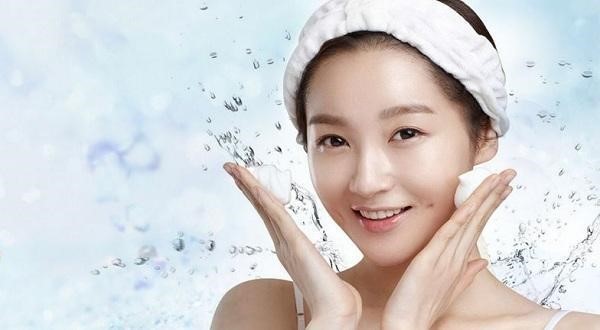Do you know secret of Hyaluronic Acid? Contact: 0908067070
In recent decades, Hyaluronic Acid (HA) is mentioned much in term of beauty and known as a nutrition to moisturize and prevent skin aging effectively. So why does HA have a significant meaning in moisturization and prevention of skin aging? Are they truly anti-aging for the skin? Let’s find out with Skin Science.
What is HYALURONIC ACID?
Hyaluronic acid (abbreviated as HA) which is also known as hyaluronan or hyaluronate, is a carbohydrate, namely, mucopolysaccharide.
Hyaluronic acid is found in whole cells of body with high concentration in some special positions such as: bones, cartilage, articulation liquid, tendon, ligament, even connective tissues, scalp tissue and hair follicles, lips, eyes, skin… At each position of body, it plays different function.
One of the important properties of HA is linking with water, 1 HA molar can attract and link with 1000 water molars. Its density and friendliness with tissues make HA become beneficial in the skin caring products as a great moisturizing nutrition. Because HA is the most hydrophilous molar in nature and owns much benefits for human, it can be described as a “natural moisturizing nutrition”.
>>>> More: What is skin aging?

HYALURONIC ACID
When was HYALURONIC ACID discovered?
HA was discovered by Karl Meyer in 1934, but it was just actually “popular” in the decades of 80 – 90. When a reporter visited a village named Yuzurihara in Japan and he discovered that all men and women here own a beautiful, strong skin, and thick, smooth hair without wrinkles.
Then they found that they ate much tofu and soy bean which contain estrogen to promote reproduction of natural HA of body. Therefore, they own a such beautiful skin.
What are benefits of HYALURONIC ACID (HA) for health?
What are benefits of Hyaluronic acid for articulation?
The joint which is structured from cartilages is a no-vascular system (without feeding blood vessel), therefore it feeds cartilages by osmosing nutrition from joint fluid through hyaluronic acid. Besides, hyaluronic acid in cartilages also maintains adhesiveness so that the joint is easy to move and can suffer more load.
>>>>> More: Factors affecting the skin
In the aged joints, concentration of hyaluronic acid significantly reduces causing poor feeding of cartilages, and thus adhesiveness of joint fluid also decreases. Many studies proved that supplementary of hyaluronic acid for joint fluid is one of the safe and effective methods.

The benefits of Hyaluronic acid for articulation
Is Hyaluronic acid useful for skin?
Skin is the biggest organ, accounting for 15% of body weight.
Approximately 50% hyaluronic acid in our body focus on area containing collagen in the mesoderm layer of skin. Together with collagen, HA plays an important role in structure and participates in series of biochemical reaction of skin. Collagen makes skin strong but HA is the nutrition to moisturize for collagen. Moreover, HA molar can increase weight up to 1000 times when mixing in water environment of skin. Therefore, HA is capable of maintaining water well, helping moisturization and tarnishing wrinkles.
This is the reason why HA play a decisive and important role for beauty of skin.
Note: There are about 15grams HA in the body of everyone and this volume of HA will be changed, degenerated and regenerated newly daily.
However, manufacturing process of natural HA in the body and aging process are also worse gradually until 40 years. At this time, our body only produce a half of necessary HA volume.
In order to get a nice skin and prevent aging signs, it is very necessary to supplement HA. So let’s follow the next articles of Skin Science Solution to know what the effective methods of HA supplementary are!
For more information please contact:
SKIN SCIENCE SOLUTION
Address: Floor G, block B, Himlam Riverside, D1 road, Himlam residential area, Tan Hung ward, District 7, Ho Chi Minh city.
Hotline: 0908067070
Email: info@skinsciences.com.vn






Leave a Reply
Want to join the discussion?Feel free to contribute!